Apple's often-rumored foldable iPhone will find a considerable audience when it launches, with a new survey finding that 39% of people looking at foldable smartphones want to get an Apple-produced one.
The "iPhone Fold" is believed to be Apple's take on the folding smartphone, which could arrive by 2025. When it does eventually go on sale, it seems that there's already a potential audience waiting to buy it.
In a U.S. survey conducted for Counterpoint, approximately 28% of current smartphone users are highly likely to buy a foldable version as their next purchase.
Of those who responded to the survey, 39% said they would go for an Apple-branded device for their foldable smartphone. Samsung, which already sells folding smartphones, is the top choice with a 46% share, while third place is occupied by Motorola with 6%.
There may also be a fair amount of brand loyalty as well when it comes to foldables. The survey said 92% of Samsung users planned to stick with Samsung for a foldable purchase.
The iPhone Fold may also end up being bought by more affluent users, as well. Approximately 41% of respondents with a monthly income of $10,000 or more said they were most likely to buy a foldable smartphone for their next acquisition.
As for the design of the smartphone itself, 49% preferred a "flip-type" foldable with a fold on the short axis of the phone. A "book-type" device with a fold on the long axis is second with 35%. The remainder had no preference.
More than half of male respondents prefer the flip-type with 47% of women also doing so. On the book-type side, 40% of female respondents wanted that kind of device, along with 30% of men.
"Foldables have performed better in controlling the shift from Android to iOS," according to Associate Director of North America research Hanish Bhatia. "However, we don't expect foldables to become the dominant form factor anytime soon in the US. Foldables will continue to co-exist with the candy bar design for years to come."
Aside from a 2025 release date, current rumors for the iPhone Fold say it will have a flexible OLED display, supported by a complex hinge, and it would use USB-C and MagSafe for charging.
 Malcolm Owen
Malcolm Owen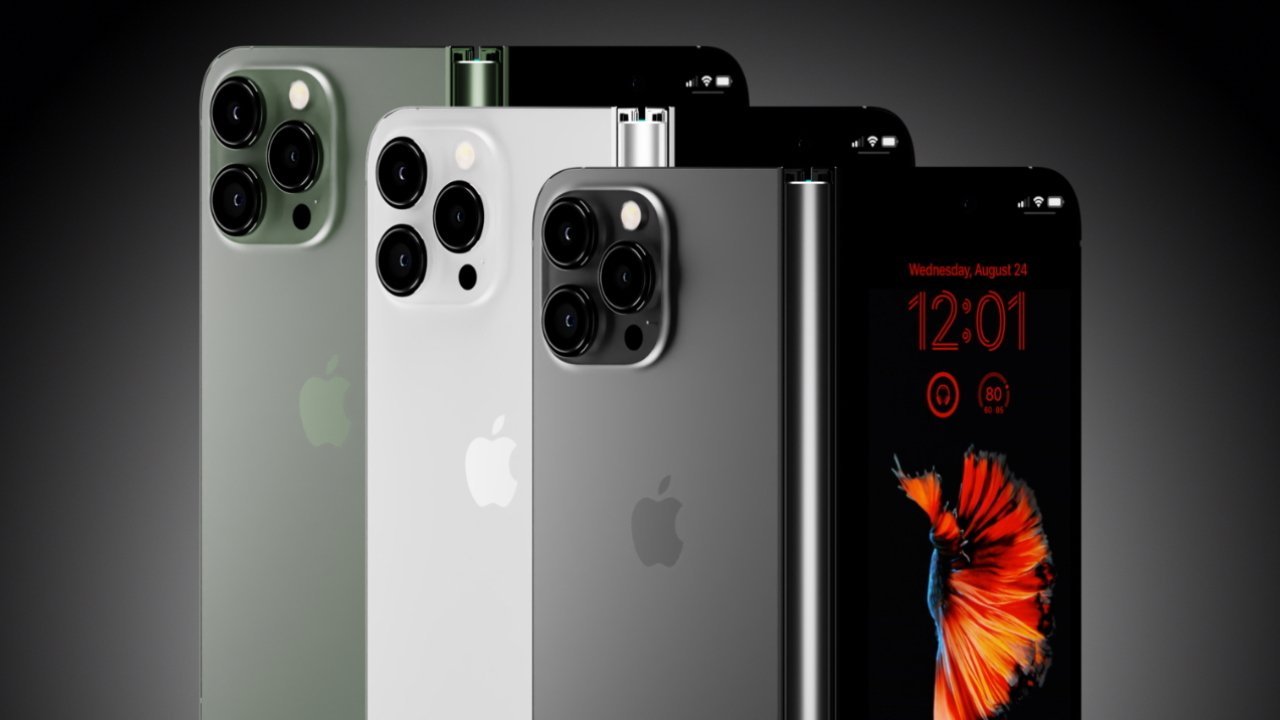
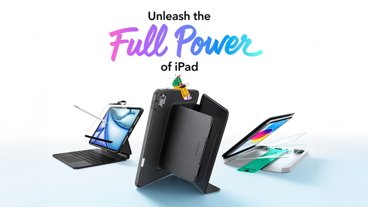
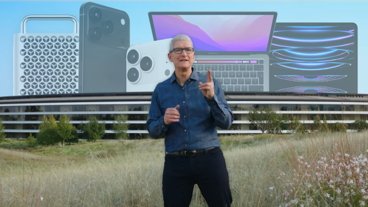


-xl-(1)-xl-xl-m.jpg)


-m.jpg)





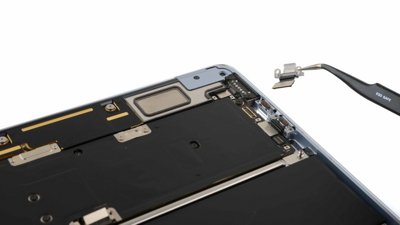
 Marko Zivkovic
Marko Zivkovic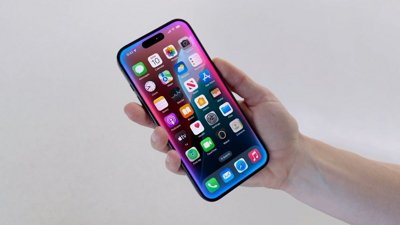
 Amber Neely
Amber Neely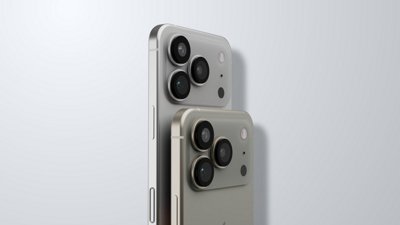
 William Gallagher
William Gallagher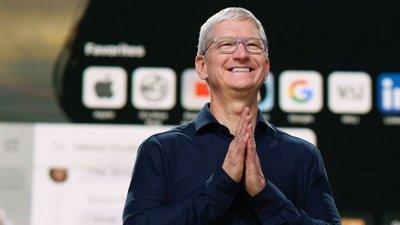
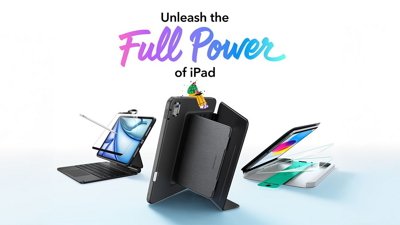
 Sponsored Content
Sponsored Content


 Mike Wuerthele
Mike Wuerthele







21 Comments
Let's see, 28% of smartphone users...Apple has 24.1% of total market share worldwide, and 39% of those would go for an iPhone? .28 * .39 = 10.9%. And that's of those who are looking to buy a new phone.
Apple's current worldwide marketshare is 24.1%. Dazzling numbers.
The foldable iPhone idea continues to be an answer looking for a question.
Other than the novelty of being able to say "Look! It folds!" there's no practical use case for it, and there are plenty of reasons why it's not a particularly great idea. First, a folding phone needs an additional screen on the back that remains on the outside of the device when folded, so that the user can easily see who's calling, the time, etc., without unfolding it. That requires not only the cost of additional hardware, but additional code in iOS and any application that might make use of that screen. The iPhone's camera lenses already create a less-than-ideal form factor, which makes for an even thicker hunk of glass and metal when the device is also folded, which would be very bulky in the user's pocket. No matter how great the engineering of the folding screen and hinge mechanism, it increases the opportunity for damage and breakage over the existing form factor, without a justifying benefit in trade. The list goes on.
The fact that some number of people answered affirmatively to a survey question about whether they'd like a folding phone is meaningless. Without being presented with the actual design and cost, the question is simply asking people if they want a novelty. Many will say yes in the abstract, but no when they see what it actually is.
To the extent that rumors of Apple patents and work on a foldable screen are conceivably correct, a foldable iPad is a far more likely use for the technology. It wouldn't need an outside screen when folded. Such a device would be opened and closed a mere fraction of the times a folding phone would. A phone comes in and out of your pocket for short interactions possibly hundreds of times a day, and often while you're standing or walking. An iPad, not so much. Its hinge and the folding screen would receive far less wear-and-tear, and an iPad would be dropped far than an iPhone, reducing the likelihood of impact damage to the mechanism.
I wouldn't call that "big interest" - maybe "some interest"! But I guess that wouldn't serve the same click function :-( The author should also be using the word "if" rather than "when" to describe Apple's future iPhone direction vis a vis a foldable. I think for Apple customer to embrace a foldable iPhone, two things must hold: (1) the out-of-pocket experience must be just as good as it is today - i.e. as soon as you pull the iPhone out of your pocket or purse, you should be able to use it; no unfolding required. (2) the folded phone's folded dimensions should not be much bigger than today's iPhone. The 14 Pro Max is already at the limits of what a jeans pocket or small purse can accommodate - no self respecting Apple customer would walk around with a thick brick.
I think the only way (1) can be accomplished is if the screens are on the outside of the device - a smaller outside screen + big screen inside will not provide enough functionality in folded mode.